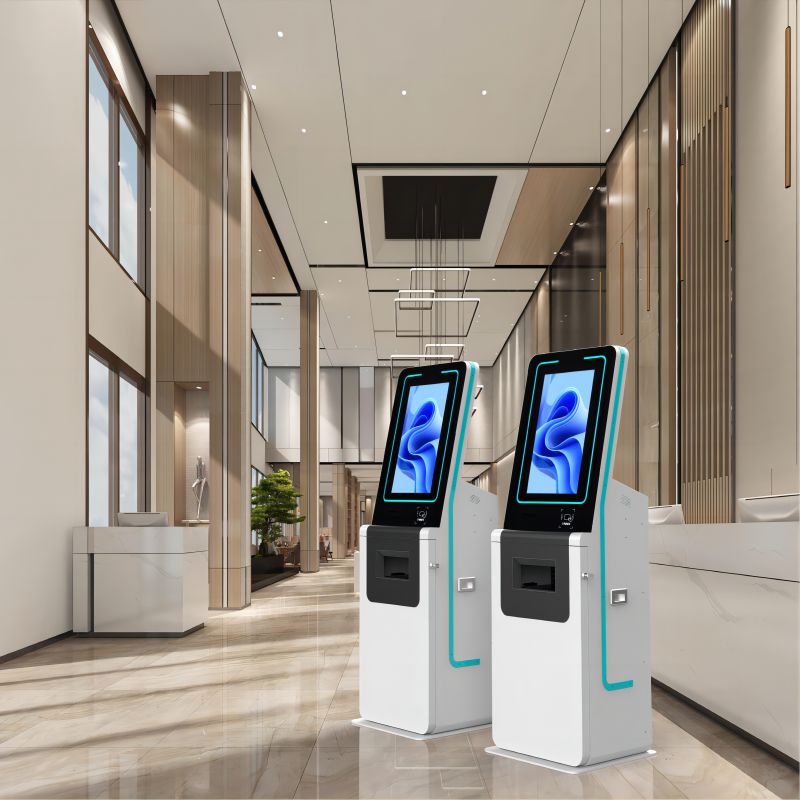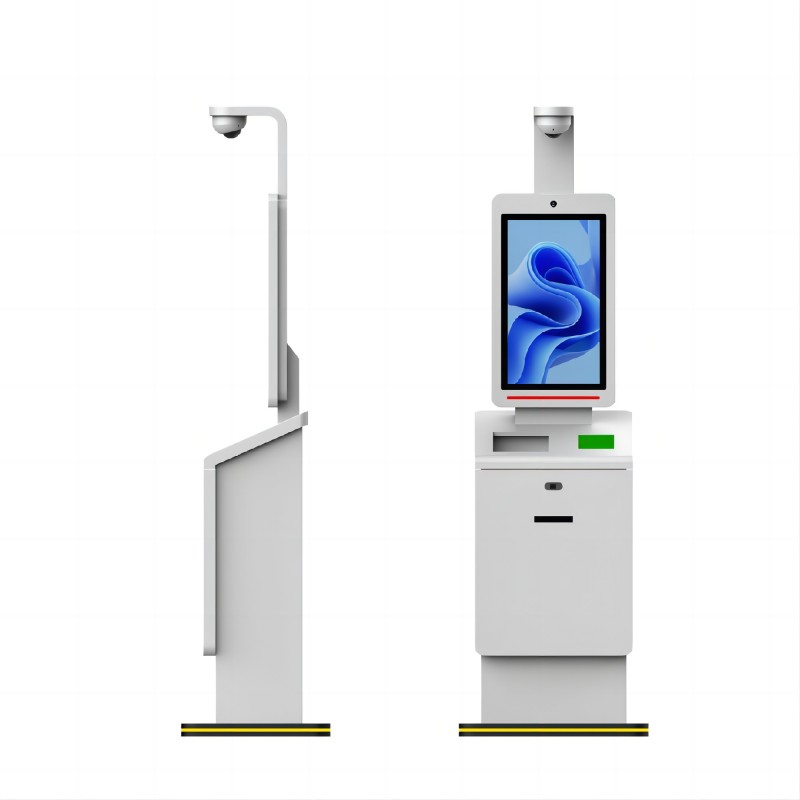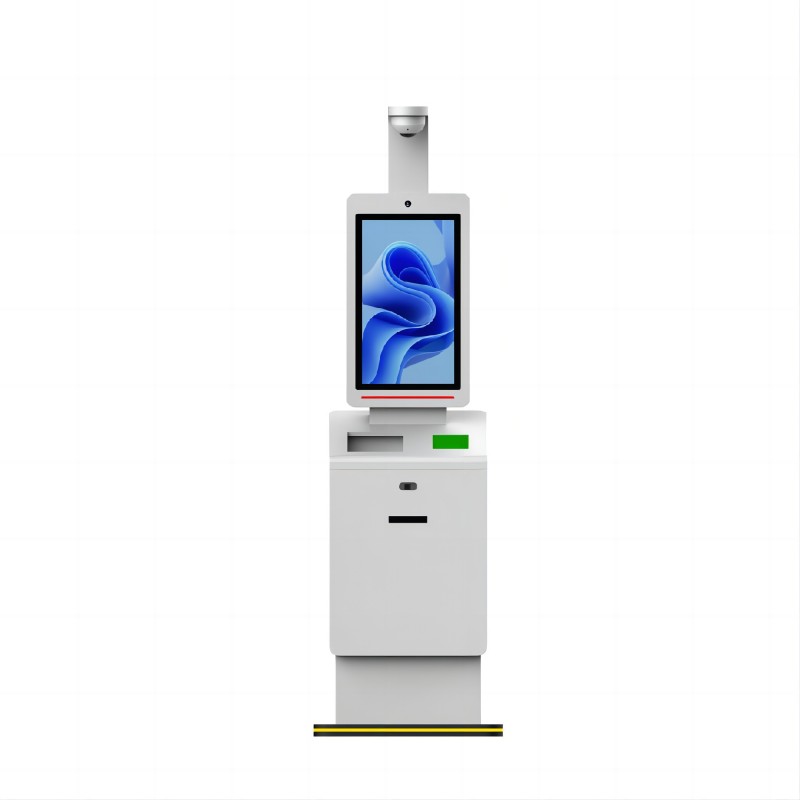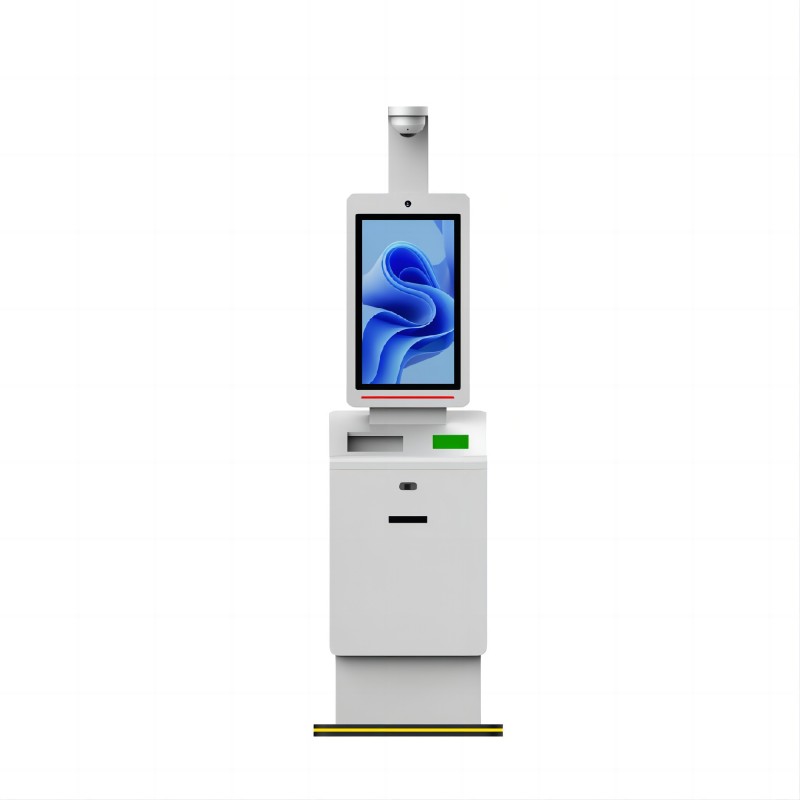Kiosk airports are integral to modern air travel, offering a range of self-service applications that enhance passenger convenience and streamline airport operations. These kiosks are commonly used for check-in, allowing passengers to avoid long lines at traditional counters by independently printing boarding passes, selecting seats, and tagging luggage. Additionally, they provide access to flight information, directions, and airport services, ensuring travelers are well-informed and can easily navigate the terminal. Some kiosks also enable payment processing for services like excess baggage fees or flight upgrades, further simplifying the travel experience.
The benefits of kiosk airports are numerous. They significantly reduce passenger wait times, leading to higher satisfaction and a smoother flow through the terminal. By automating tasks traditionally handled by staff, kiosks help lower operational costs for airports and airlines, allowing personnel to focus on more complex customer service needs. Furthermore, these kiosks can operate 24/7, offering continuous service even during off-peak hours, and are designed to support multiple languages, making them accessible to international travelers. Overall, kiosk airports enhance efficiency, reduce costs, and improve the overall passenger experience, making them a valuable addition to any modern airport.









What did our happy clients say?
Extremely satisfied with the airport kiosk we purchased! It’s reliable and user-friendly. Thanks to the manufacturer for excellent support. Highly recommend their products!
The airport kiosks have exceeded our expectations in efficiency and ease of use. A big thanks to the manufacturer for their top-notch service. Definitely recommend!
We’re thrilled with the performance of our new airport kiosk. The quality and functionality are superb. Thank you to the manufacturer for their outstanding work. Highly recommended!
The airport kiosk has significantly improved our operations. The manufacturer’s attention to detail and support were exceptional. We highly recommend their services!